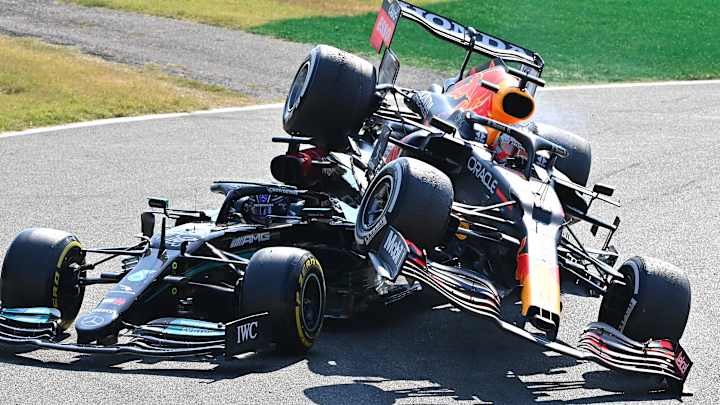
What Makes a Formula 1 Circuit Difficult? Exploring 3 Major Factors.
Formula 1 is the pinnacle of motorsport, where the world’s best drivers compete on some of the most challenging circuits. Each track presents unique obstacles, testing the skill, endurance, and strategy of both drivers and teams. However, some circuits are significantly more difficult than others due to a combination of factors. From technical layouts to unpredictable weather, various elements contribute to making a Formula 1 circuit particularly demanding. Here, we explore three major factors that define the difficulty of an F1 track.
Track Layout and Technical Challenges
The design of a circuit plays a crucial role in its difficulty. Some tracks feature long straights and simple corners, making them relatively easy to navigate, while others include complex turns, elevation changes, and narrow sections that test a driver’s precision and control.
One of the most challenging circuits in terms of layout is Monaco’s Circuit de Monaco. This street circuit is known for its tight corners, unforgiving barriers and almost non-existent overtaking opportunities. Drivers must be incredibly precise, as even the smallest mistake can result in a crash. Similarly, Suzuka Circuit in Japan is famous for its figure-eight layout, featuring rapid direction changes like the “S Curves” and the high-speed 130R corner, demanding absolute concentration from drivers.
Another aspect that adds complexity is the presence of high-speed corners and chicanes. Tracks like Silverstone and Spa-Francorchamps include sections where drivers must maintain high speeds while navigating fast, flowing corners. The infamous Eau Rouge-Raidillon at Spa requires exceptional car control, as drivers take the corner flat out while experiencing extreme vertical compression.
Elevation Changes and Surface Conditions
Elevation changes can dramatically impact braking, acceleration, and car balance. A track with steep inclines or sudden drops forces drivers to adapt their approach in every lap. Spa-Francorchamps is a prime example of a circuit where elevation plays a key role. The climb up Eau Rouge is one of the most iconic and challenging parts of any track, requiring perfect throttle control to maintain speed without losing grip.

Surface conditions also add to the complexity. Some circuits have older, bumpier asphalt, making it harder to find consistent grip, while others feature different types of tarmac, leading to unpredictable tire performance. The Circuit of the Americas (COTA) in the United States has significant undulation combined with a rough surface, making it tricky for both drivers and engineers to find the right car setup.
Additionally, some tracks have aggressive curbs, which can unsettle the car if drivers hit them too hard. In circuits like Monza, drivers often use the curbs to gain time through the chicanes, but misjudging the approach can lead to losing control or damaging the car.
Weather and External Factors
Weather conditions can turn an already challenging track into a nightmare for drivers and teams. Rain, temperature changes, and wind direction can all affect grip levels and visibility. Suzuka is notorious for its unpredictable weather, with heavy rain often impacting race weekends. Wet conditions make braking distances longer, increase the risk of aquaplaning, and force drivers to be extra cautious when applying throttle.
Tracks like Silverstone and Interlagos (Brazil) also experience sudden weather changes, where a sunny session can quickly turn into a rain-soaked battle. Managing tire strategy under such circumstances is critical, as choosing the wrong compound at the wrong time can lead to losing positions or even crashing out.
Another external factor is altitude. The Autódromo Hermanos Rodríguez in Mexico City is located at a high altitude of 2,285 meters (7,500 feet) above sea level, significantly reducing air density. This affects both engine power and aerodynamics, making it harder for teams to optimize car performance.
A Formula 1 circuit’s difficulty is influenced by a combination of technical layout, elevation changes, surface conditions, and unpredictable weather. While some tracks are known for their speed, others challenge drivers with tight corners, sudden drops, and ever-changing weather patterns. Circuits like Monaco, Spa-Francorchamps, and Suzuka are among the most difficult in the world, demanding exceptional skill, strategy, and adaptability.
Mastering a challenging F1 circuit requires more than just raw speed—it takes precision, endurance, and the ability to make split-second decisions. That’s what makes Formula 1 racing so thrilling, both for drivers and for
fans watching around the world.


